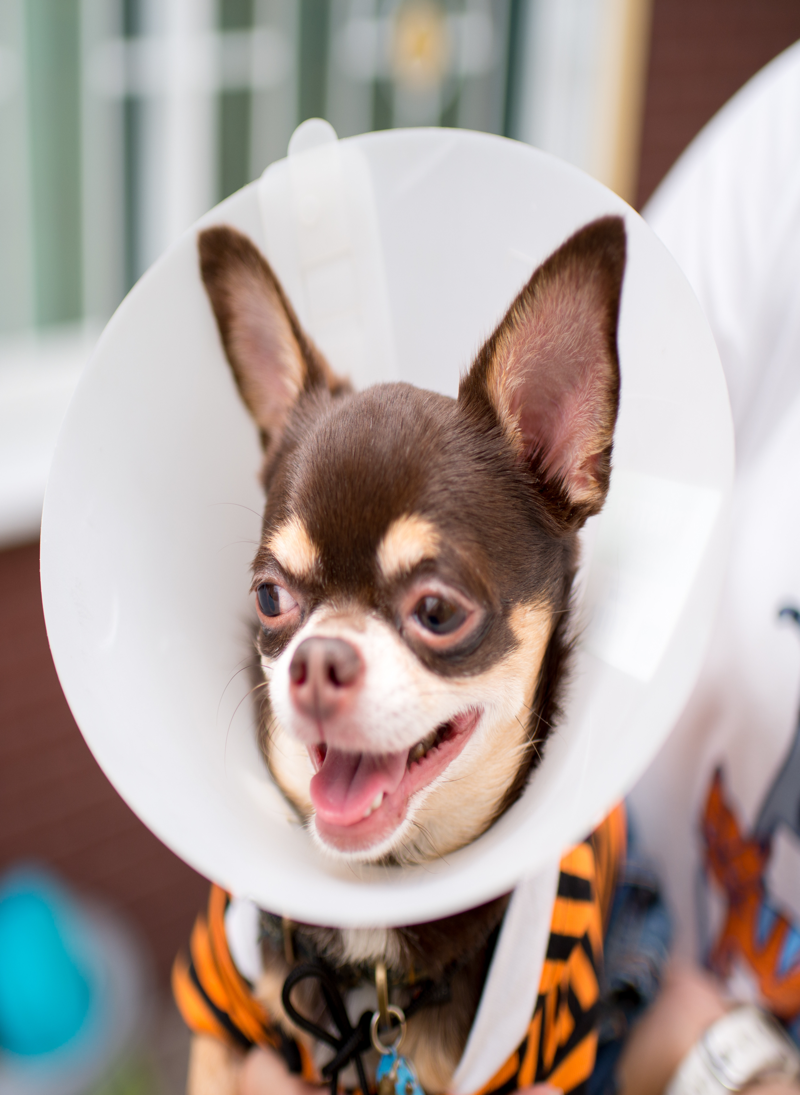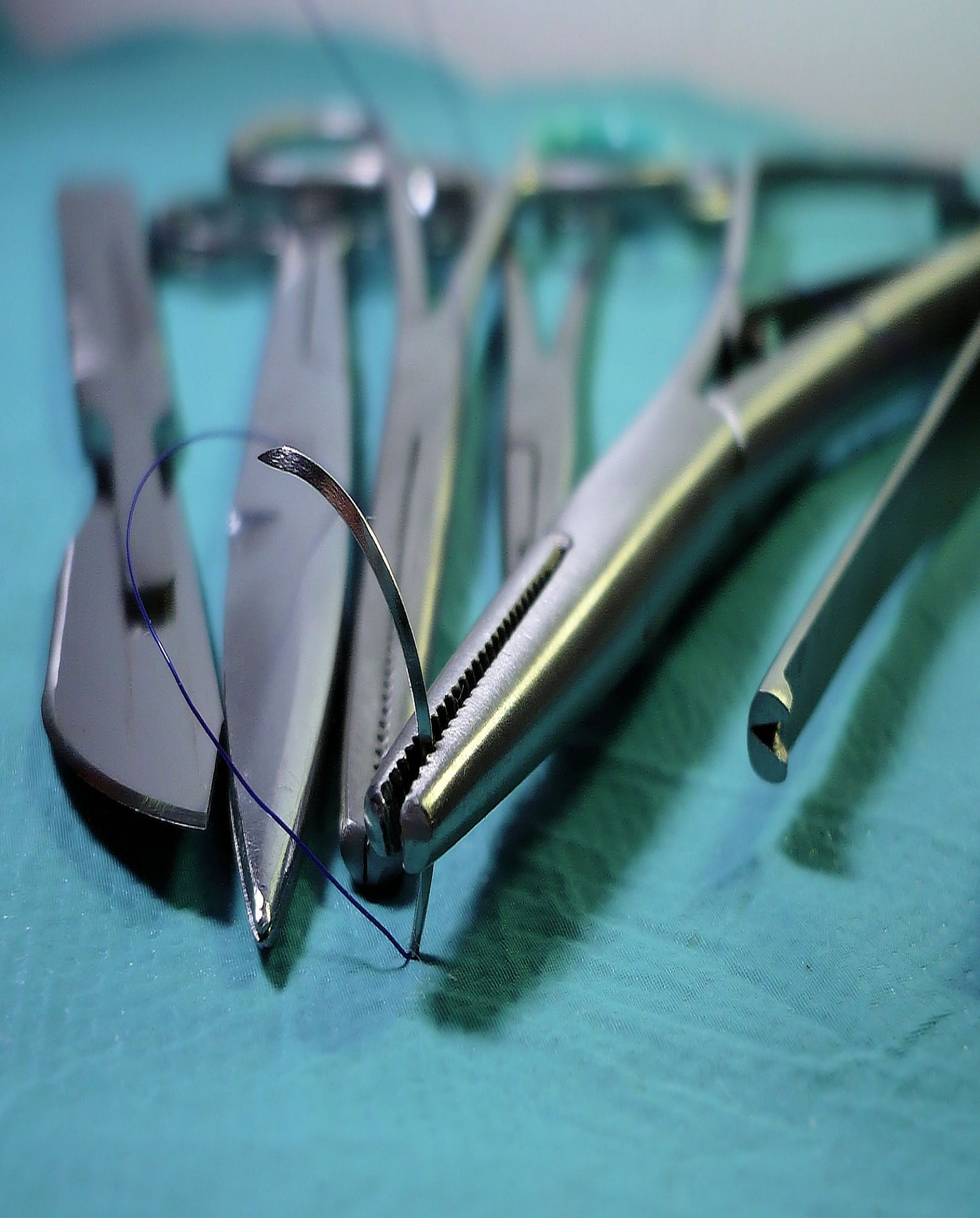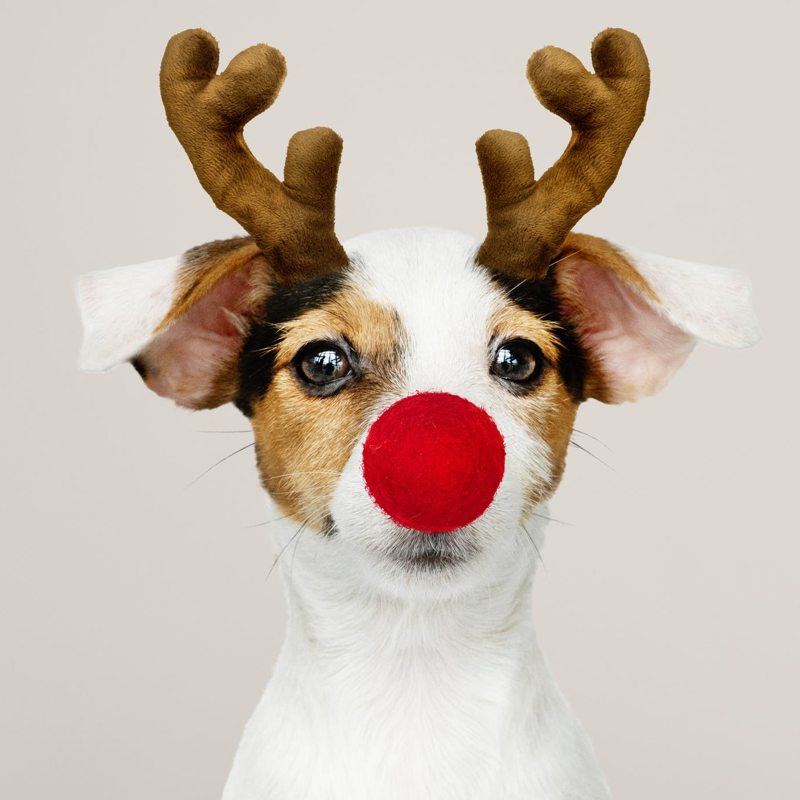Cranial Cruciate Ligament Surgery (CCL or ACL) – TTA $3100 -TPLO $4350 -Miami
In dogs, the cranial cruciate ligament or CCL is the connective tissue that protects the knee. Some people refer to it as the ACL and we’ll use the terms interchangeably for the purpose of this article. The CCL connects the bones above (femur) and below (tibia) the dog’s knee.
The ligament prevents your dog’s knee from hyperextending forward. A tear in the ligament can make walking difficult or impossible and cause excruciating pain for your pet. Your veterinarian might try non-surgical interventions to help the joint heal. However, if these options fail, your dog may need ACL surgery. What’s included in this surgical procedure:
- Blood work lab
- Intravenous fluids
- General anesthesia
- CCL surgery
- Pain medication
- Antibiotics treatment
- Removal of stitches
What to expect during CCL Surgery?
- Pre anesthetic exam (in-house blood work)
- Intravenous fluids
- Our veterinary team will induce your dog into a safe state of general anesthesia
- Vital signs including breathing, heart rate, blood pressure, state of anesthesia, oxygenation levels, CO2 level,and body temperature are monitored closely
-
To start with, the surgeon makes an incision at the top of the tibia just below the dog’s knee
-
During a TTA procedure, a veterinary surgeon modifies the angle of the tibial plateau (the top surface of the tibia bone) to change the biomechanics of the knee joint. This modification stabilizes the joint and reduces stress on the damaged ligament.
-
TTA surgery often involves the use of implants, such as metal plates and screws, to secure the modified tibia and ensure stability.
- During a TPLO:
- Bone Cut: The surgeon makes a curved cut (osteotomy) in the top part of the tibia (shin bone).
- Bone Rotation: The cut segment of the tibia is then rotated to change the angle of the knee joint, reducing the need for the cranial cruciate ligament during weight-bearing activities.
- Stabilization: A bone plate and screws are used to stabilize the rotated segment of the tibia in its new position until it heals.
-
By modifying the biomechanics of the knee joint, TPLO surgery aims to provide long-term stability and reduce the progression of arthritis, allowing the dog to regain better mobility and function.
-
The surgeon closes the incision with surgical sutures.
- Postoperative medications are given, and postoperative care continues until your dog is completely recovered from the anesthesia
- We will keep your dog hospitalized until he/she completely recovers and is safe to send home with after care instructions
-
Recovery takes approximately four months, with the animal slowly regaining function in the repaired leg. The more patience you have, the easier it will be for your dog to remain calm and take recovery one step at a time!
Important Fact:
Stop feeding your dog food and water 12 hours before surgery. Food can complicate surgery and lead to fatal outcome.

Home Care Instructions
Our veterinary staff will also provide you with post-operative instructions to follow when your pet goes home. With your home care instructions you will receive medication to minimize to minimize post-op discomfort. The steps below you can follow at home in order to facilitate a safe and comfortable recovery:
Quiet Place
Provide a quiet place for your dog to recover
Avoid bathing
Avoid bathing your dog for at least ten days after surgery
Check Incision Daily
Check incision daily to confirm proper healing.
Call us
If your dog is lethargic, has decreased appetite, is vomiting and has diarreha.
Preventing Running and Jumping
Do not allow your dog to run and jump for seven to ten days following surgery
Pay attention to changes around the surgery area
If you find any redness, swelling, or discharge around the surgery area, or if incision is open please, call us



